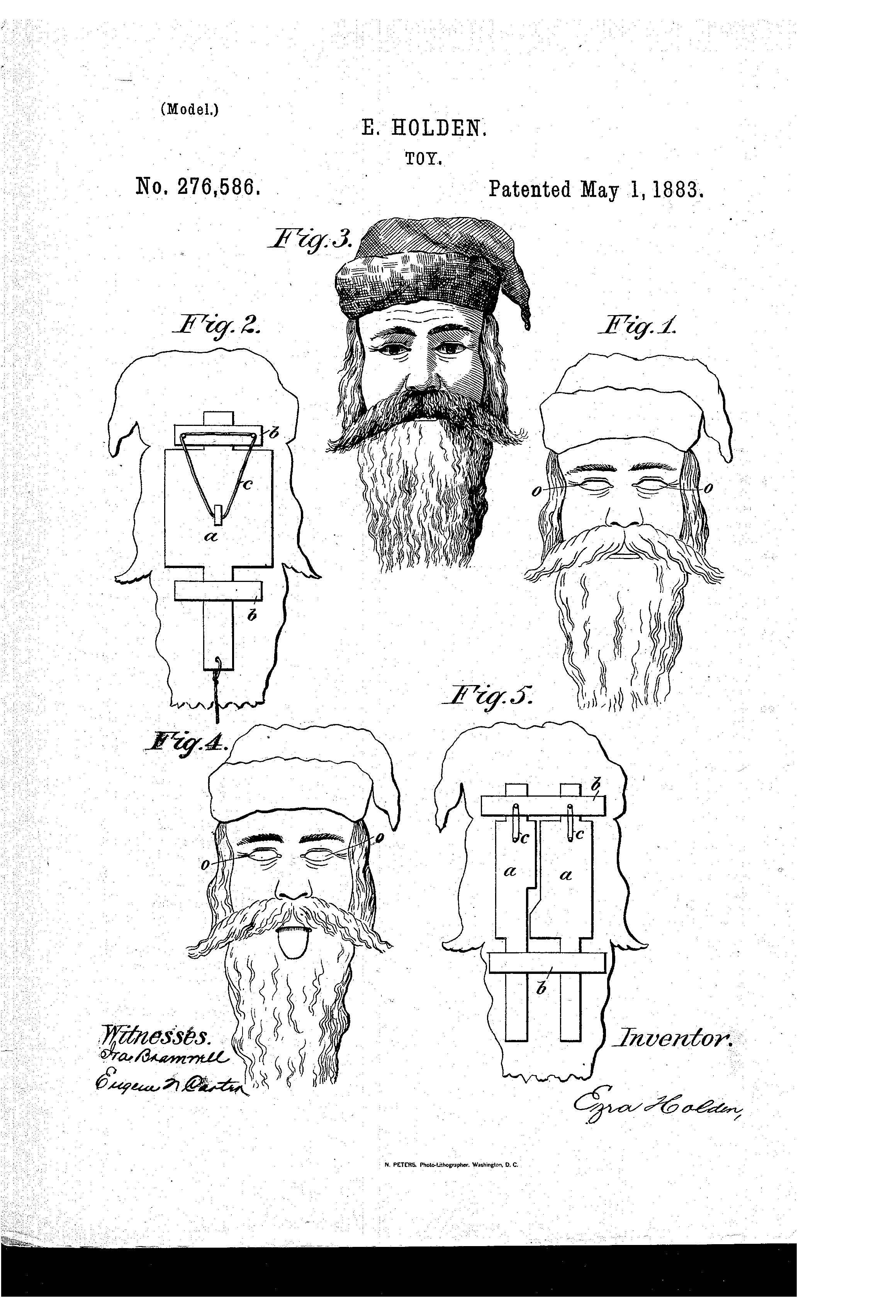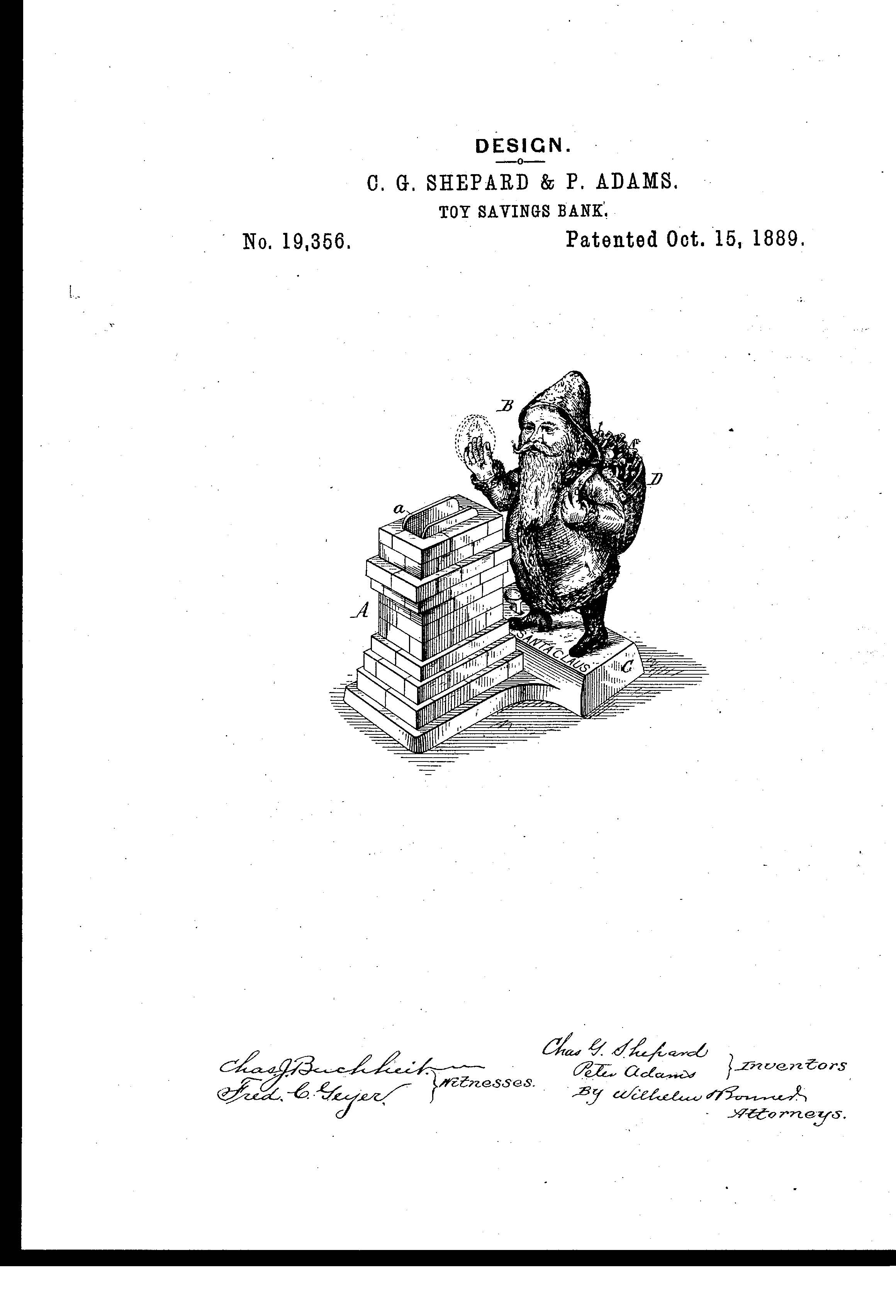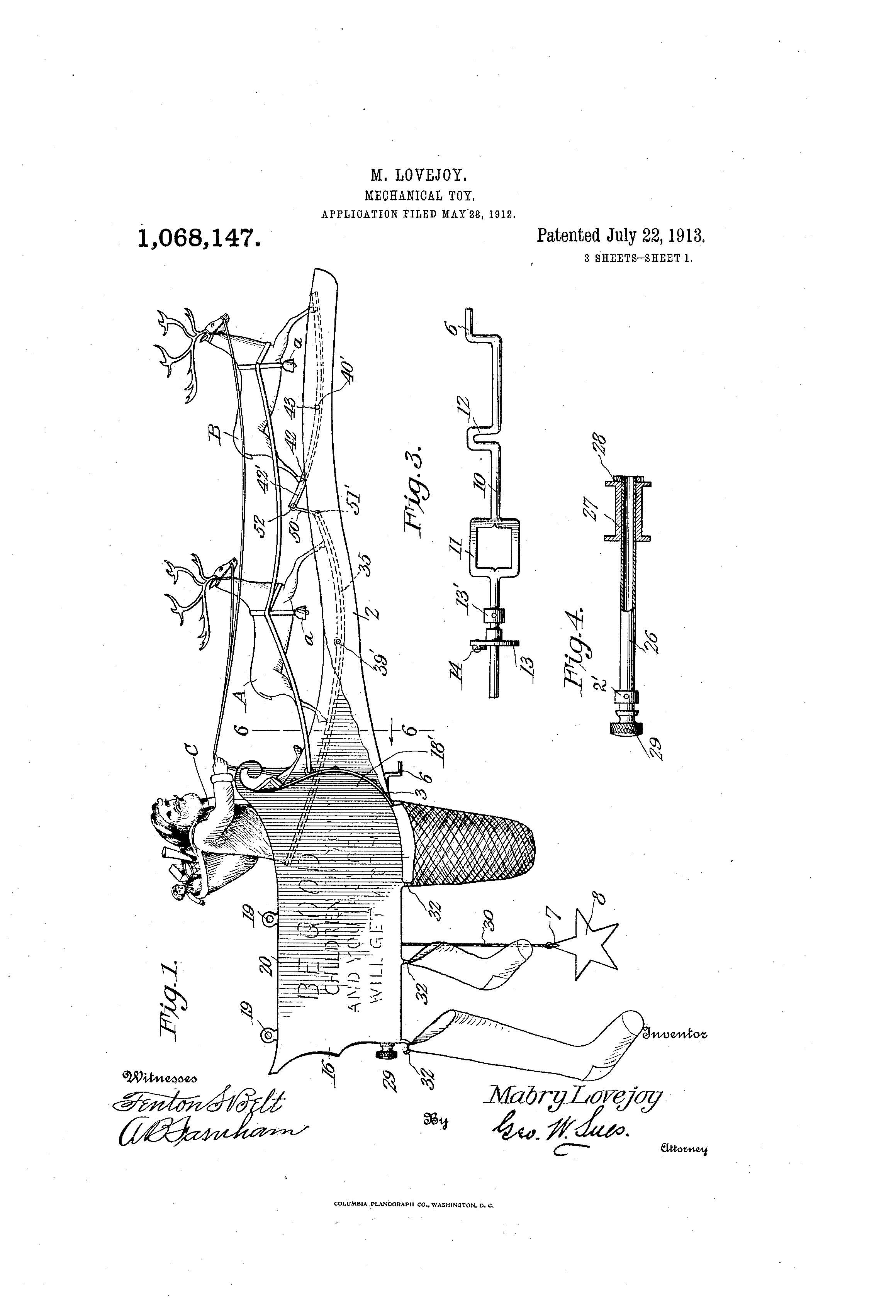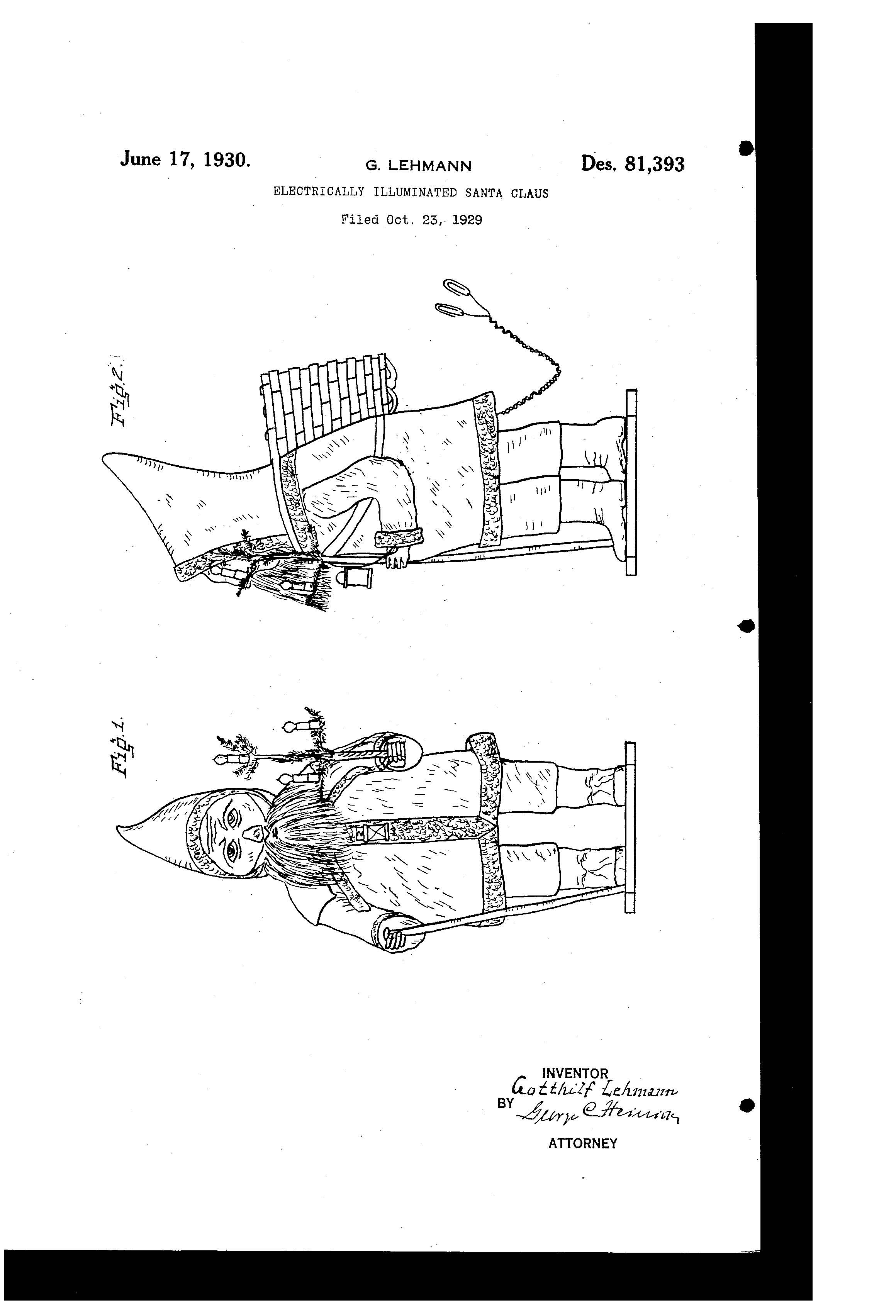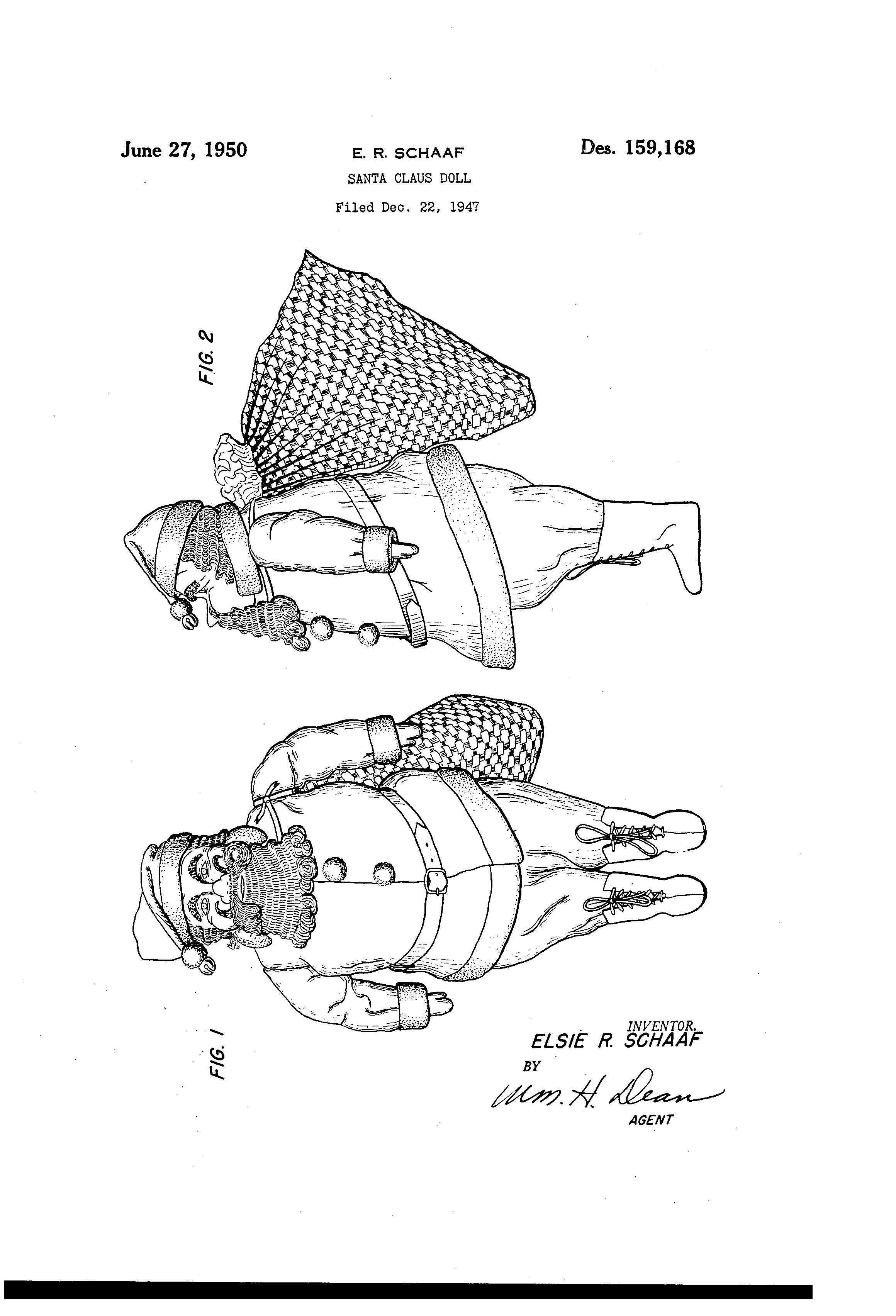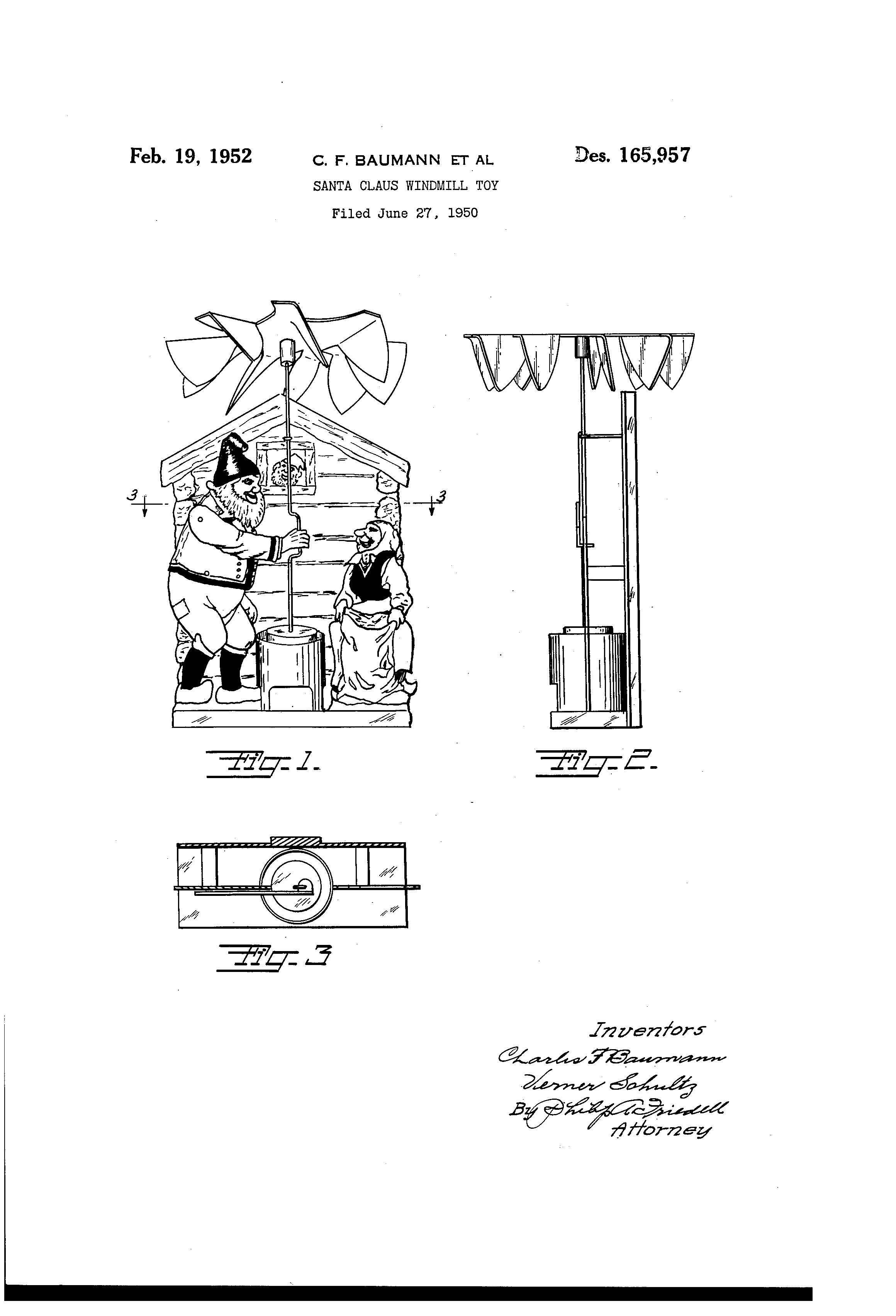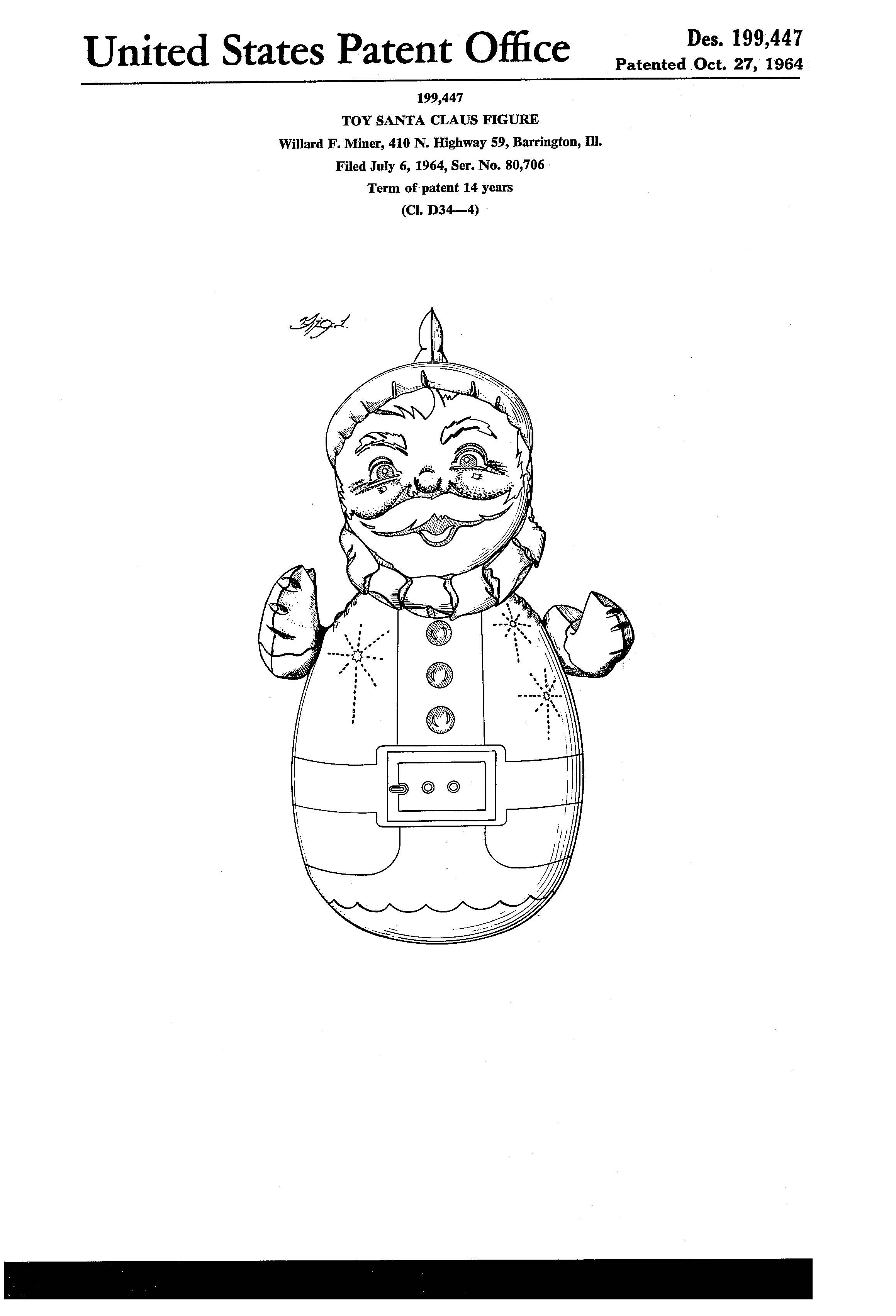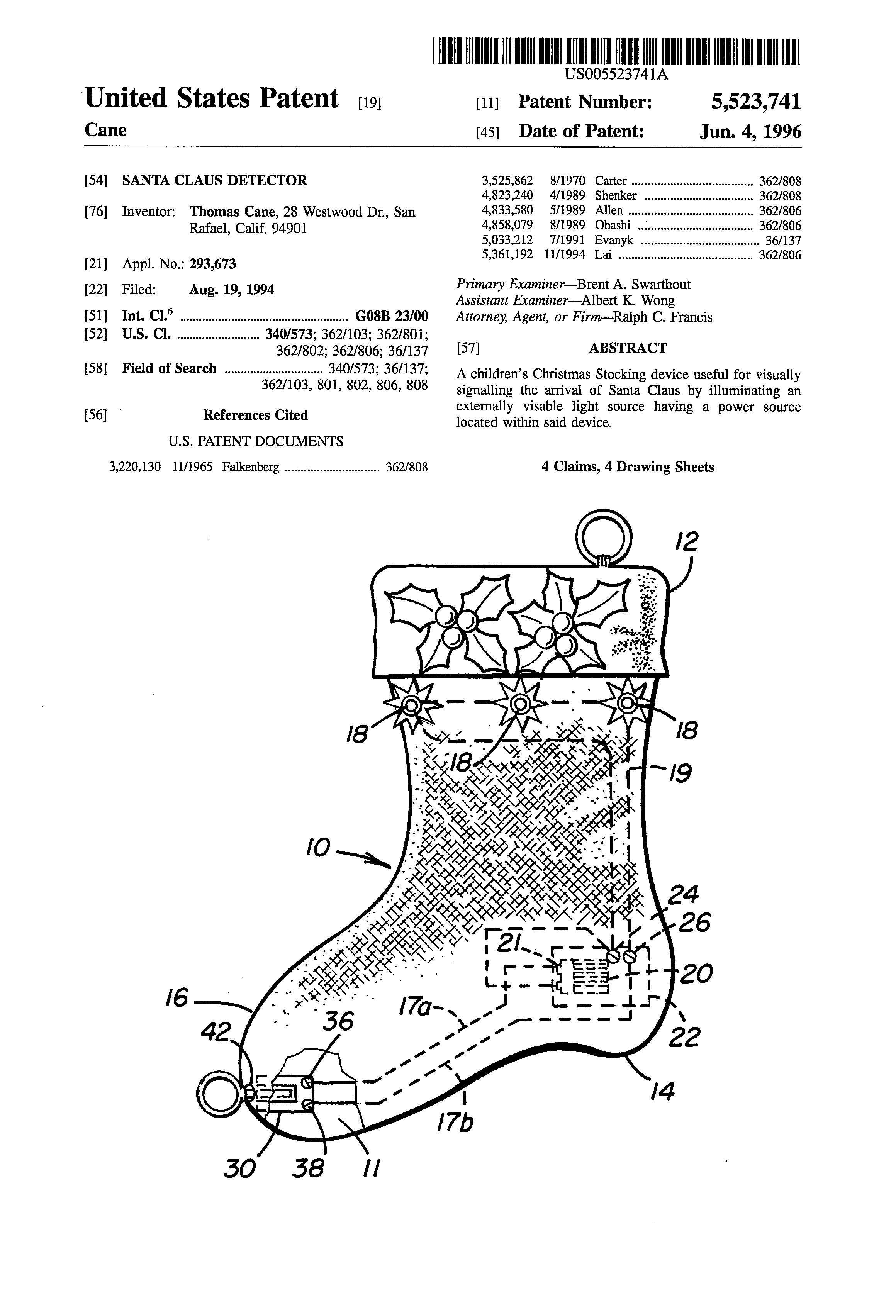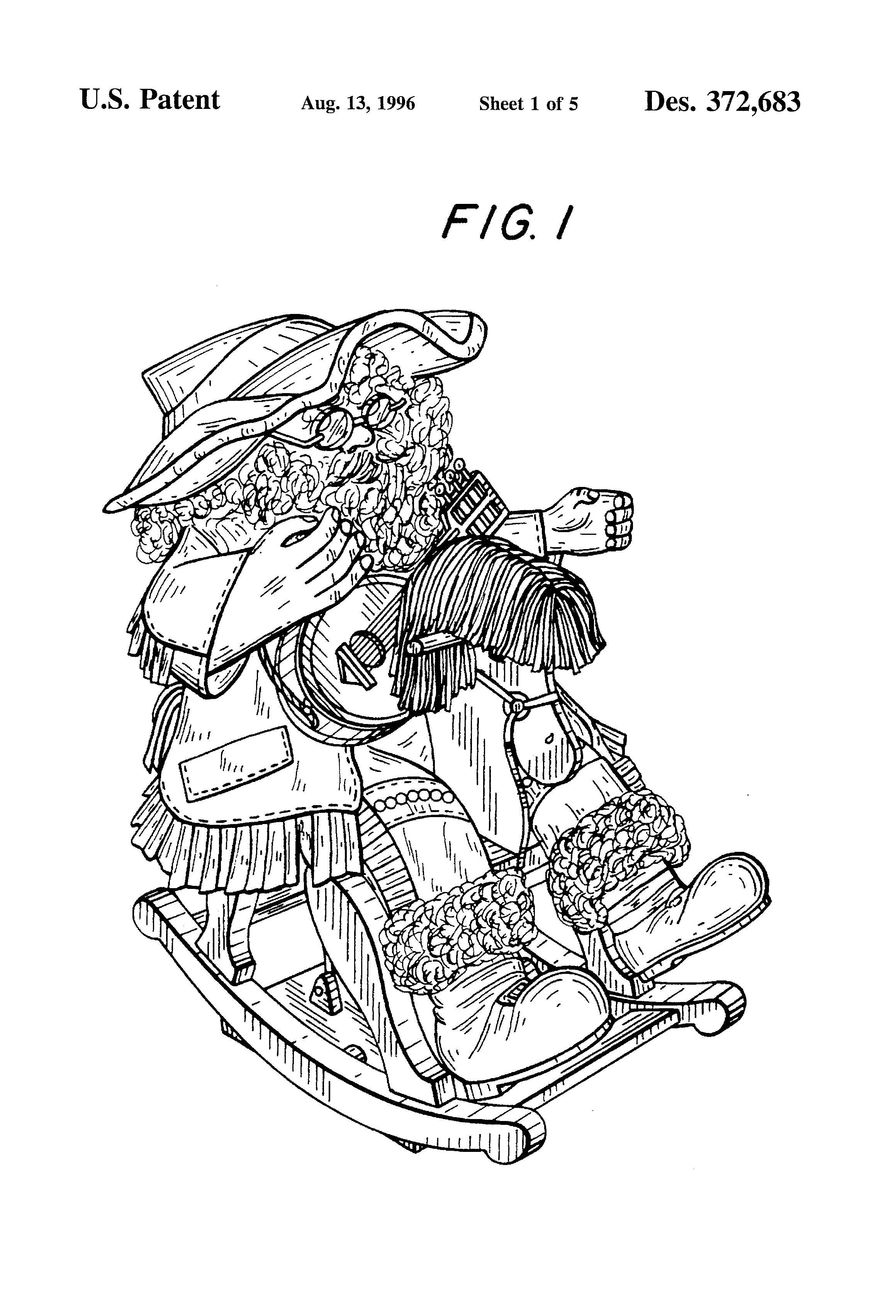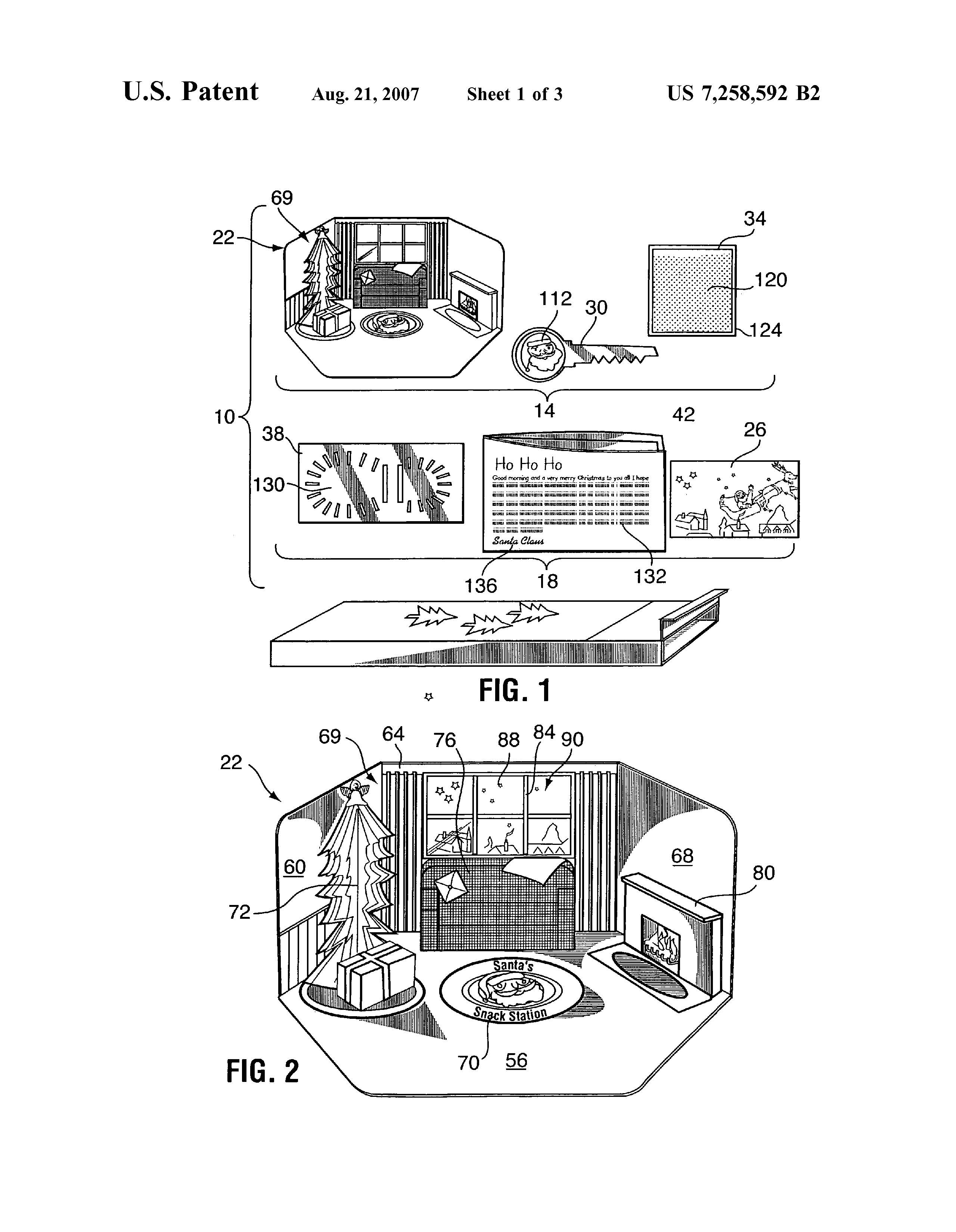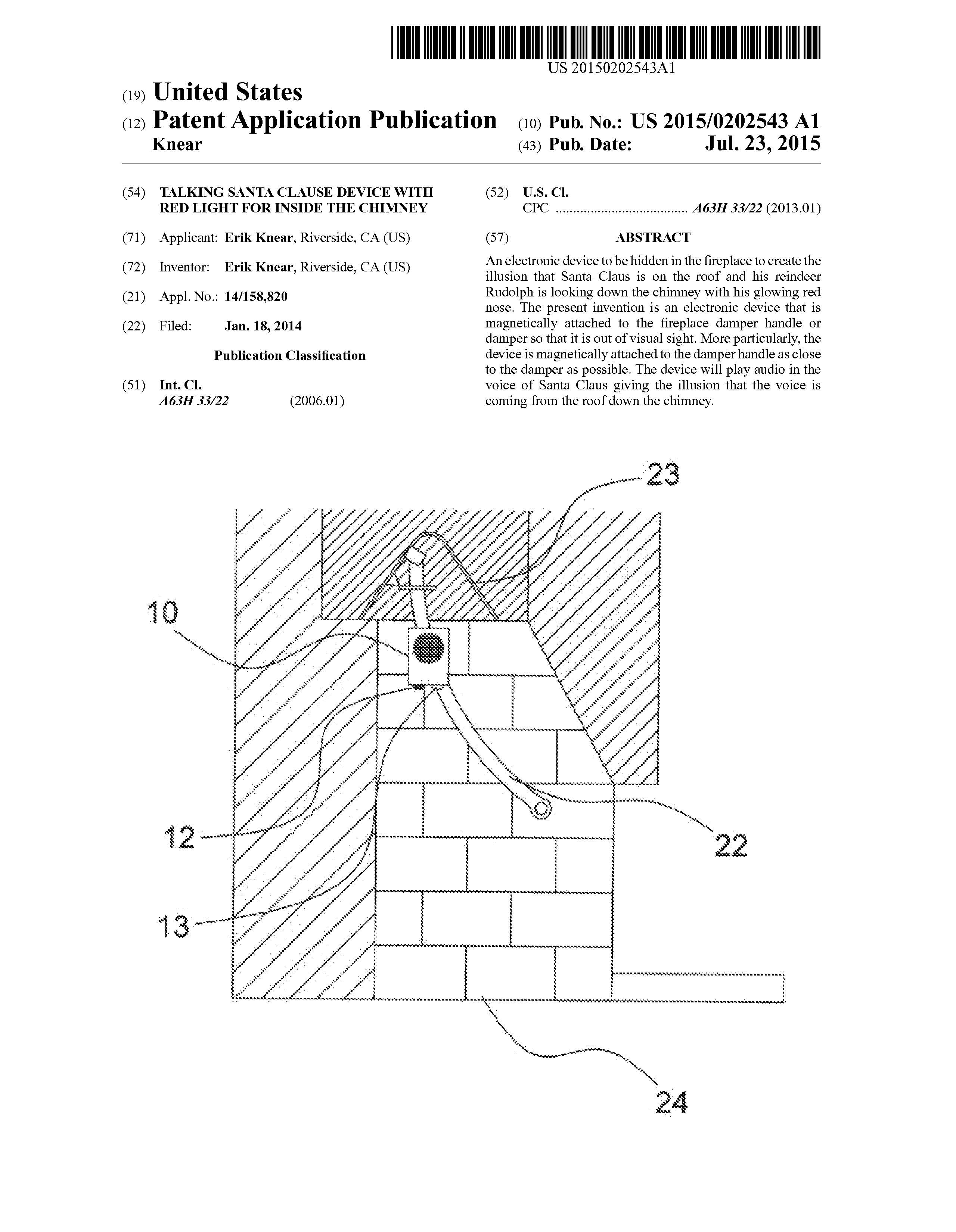
Who is known as Kris Kringle, St. Nick, and Father Christmas? Why, Santa Claus of course. The origin of the modern name used in America, Santa Claus, is most likely an anglicized form of one of the Dutch names for St. Nicholas, “Sinterklaas”. With Christmas approaching, what a great time to look at the history of Santa Claus in America and his influence on intellectual property.
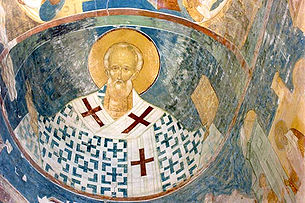 Colonial Germans in Pennsylvania observed the feast of St. Nicholas as did the Dutch settlers in Manhattan. They may have brought with them the tradition of giving children presents on St. Nicholas Day, December 6th. The historical person, Nicholas of Myra (modern day Turkey), was a bishop famous for his anonymous gift-giving as well as his compassion for the poor and the marginalized particularly, children. His philanthropy became so legendary that it inspired others and has been imitated around the world at Christmas in many countries.
Colonial Germans in Pennsylvania observed the feast of St. Nicholas as did the Dutch settlers in Manhattan. They may have brought with them the tradition of giving children presents on St. Nicholas Day, December 6th. The historical person, Nicholas of Myra (modern day Turkey), was a bishop famous for his anonymous gift-giving as well as his compassion for the poor and the marginalized particularly, children. His philanthropy became so legendary that it inspired others and has been imitated around the world at Christmas in many countries.
In the 1800s, after the American Revolution, New Yorkers rekindled their connection to their Dutch roots. New York’s emerging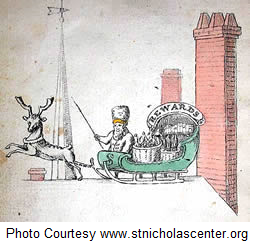 literary figures borrowed from Dutch traditions and helped create much of the folklore of the modern Christmas. Washington Irving wrote about St. Nicholas (“Sinterklaas”) in his satirical series of works, Diedrich Knickerbocker’s History of New York, first published December 6, 1809. In his story, Sinterklaas rode through the skies in a horse and wagon and slid down chimneys to deliver presents to children. In 1821, an American children’s book published by William B. Gilley called The Children’s Friend, changed Santa’s horse and wagon to a reindeer and sleigh.
literary figures borrowed from Dutch traditions and helped create much of the folklore of the modern Christmas. Washington Irving wrote about St. Nicholas (“Sinterklaas”) in his satirical series of works, Diedrich Knickerbocker’s History of New York, first published December 6, 1809. In his story, Sinterklaas rode through the skies in a horse and wagon and slid down chimneys to deliver presents to children. In 1821, an American children’s book published by William B. Gilley called The Children’s Friend, changed Santa’s horse and wagon to a reindeer and sleigh.
On December 23, 1823, a poem attributed to Clement Clarke Moore was published in the Troy (NY) Sentinel. This famous and still popular poem, “Twas the Night before Christmas” was originally published as “A Visit from St. Nicholas.” (Authorship is disputed—an article for another day!) In this poem, Santa names eight reindeer. New York merchants, such as A. T. Stewart, capitalized on the popularity of these stories and pushed for a tradition of gift giving. The merchants understood the best route to parents’ money was through their children. They filled their stores and windows with eye-catching toys and children’s merchandise.
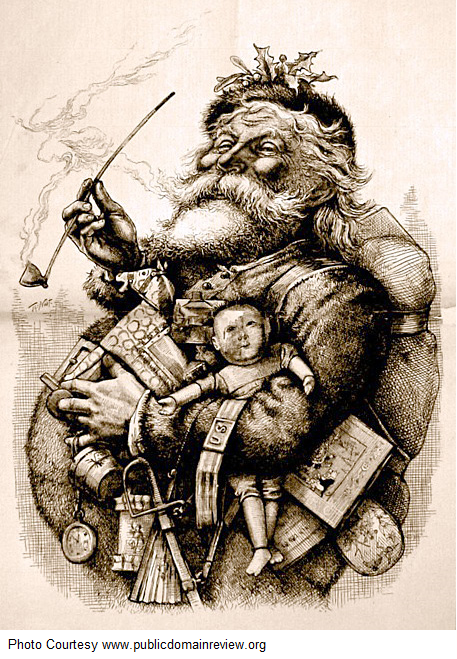 A standardized visual image of Santa Claus started to take shape in the 1860s when American political cartoonist, Thomas Nast, created drawings for Harper’s Weekly, a New York publication. His cartoons helped establish the present day image of Santa as a jolly, bearded, fat man in a fur-trimmed hat. Many of his early depictions were of Santa Claus visiting military troops during the Civil War.
A standardized visual image of Santa Claus started to take shape in the 1860s when American political cartoonist, Thomas Nast, created drawings for Harper’s Weekly, a New York publication. His cartoons helped establish the present day image of Santa as a jolly, bearded, fat man in a fur-trimmed hat. Many of his early depictions were of Santa Claus visiting military troops during the Civil War.
In the mid-20th century, a series of Santa Claus illustrations by Haddon Sundblom were used in Coca-Cola ads. These
illustrations modernized the image of Santa. In the ads, Santa is depicted as a rosy-cheeked, rotund man in a plush red suit, black boots and sporting a tousled white beard. Sundblom may have been inspired by the poem, “Twas the night before 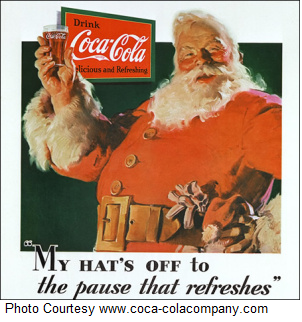 Christmas”. While Coca-Cola cannot “own” Santa Claus since he is loosely based on an actual person, Coca-Cola can control the exact reproduction of the Sundblom series of images (hundreds of them) with copyright protection. Along with copyright protection, it could be argued that with Coca-Cola’s continuous use of Sundblom’s Santa image over the span of thirty years, the company has established a common law trademark of the Sundblom character.
Christmas”. While Coca-Cola cannot “own” Santa Claus since he is loosely based on an actual person, Coca-Cola can control the exact reproduction of the Sundblom series of images (hundreds of them) with copyright protection. Along with copyright protection, it could be argued that with Coca-Cola’s continuous use of Sundblom’s Santa image over the span of thirty years, the company has established a common law trademark of the Sundblom character.
Through the years, there have been many patents for Santa-related items‒ everything from toys and candy dishes to decorations and toy banks. A quick patent search of the words “Santa Claus” turns up about 1,677 results. Here are a few of them.
TOY (U.S. Patent No. 276,586) issued to Ezra Holden, of Chicago, IL on May 1, 1883.
TOY SAVINGS BANK (U.S. Design Patent No. D19,356) issued to Charles G. Shepard & Peter Adams of Buffalo on October 15, 1889.
MECHANICAL TOY (U.S. Patent No. 1,068,147) issued to Mabry Lovejoy of New Mexico on July 22, 1913 and assigned to Mabry Lovejoy and Joshua D. Kuykendall.
DESIGN FOR AN ELECTRICALLY-ILLUMINATED SANTA CLAUS (U.S. Design Patent No. D81,393) issued to Gotthilf Lehmann of Bronx, NY on June 17, 1930.
SANTA CLAUS DOLL (U.S. Design Patent No. D159,168) issued to Elsie R. Schaaf of San Diego, CA on June 27, 1950.
SANTA CLAUS WINDMILL TOY (U.S. Design Patent No. D165,957) issued to Charles F. Baumann of Oakland, CA and Verner Schultz of San Leandro, CA on February 19, 1952.
TOY SANTA CLAUS FIGURE (U.S. Design Patent No. D199,447) issued to Willard F. Miner of Barrington, IL on October 27, 1964.
PACKAGING DISH FOR CANDY OR THE LIKE (U.S. Design Patent No. D234,942) issued to Marten Gottsegen of Chicago, IL on April 22, 1975.
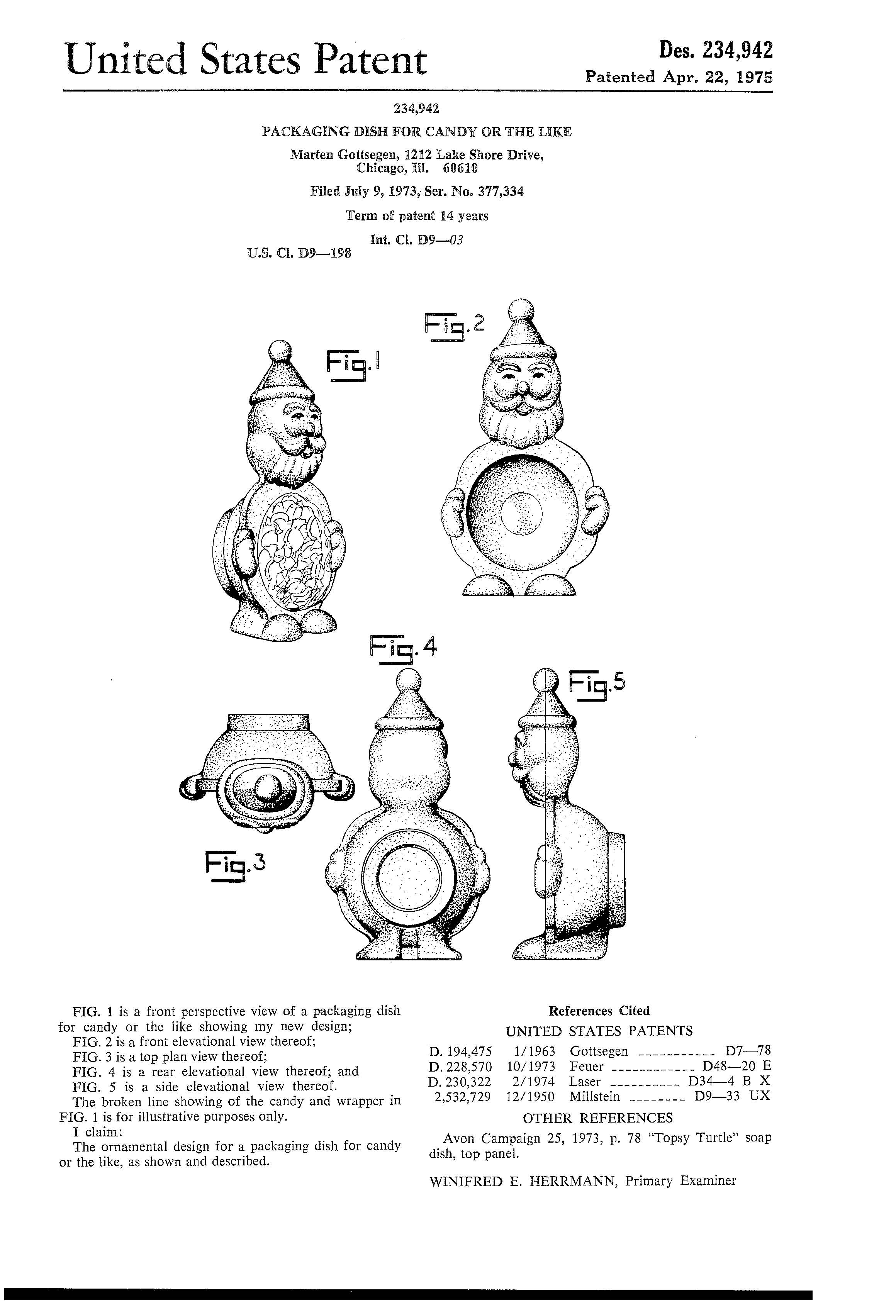
SANTA CLAUS DETECTOR (U.S. Patent No. 5,523,741) Issued to Thomas Cane of San Rafael, CA on June 4, 1996.
COWBOY SANTA ON A ROCKING HORSE (U.S. Design Patent No. D372,683) issued to Seymour Cohen of Jericho, NY on August 13, 1996 and assigned to Telco Creations Inc. of Hicksville, NY.
SANTA CLAUS VISIT KIT (U.S. Patent No. 7,258,592) issued to John I. Colak of Edmonton, Alberta, Canada on August 21, 2007.
TALKING SANTA CLAUSE DEVICE WITH RED LIGHT FOR INSIDE THE CHIMNEY (U.S. Publication No. 2015/0202543) invented by Erik Knear of Riverside, CA, published July 23, 2015.
As you can see, Santa Claus has quite a storied history in America and has inspired many patented toys and decorations.
